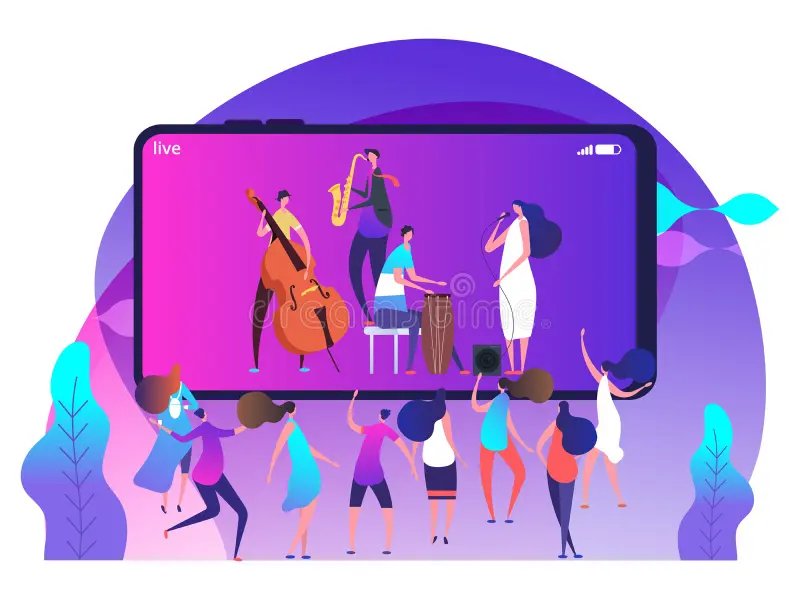Revolutionizing Rhythm: Virtual Music Breakthroughs


El Valle Grita – Music creation is entering a bold new era, driven by virtual music innovation. From AI-generated beats to immersive production environments, technology is transforming how music is composed, played, and shared. While traditional instruments still matter, digital tools now offer endless possibilities. As a result, musicians from all levels can experiment freely—no studio required.
AI Assists Composition
Artificial intelligence is no longer just analyzing songs—it’s composing them. Apps like Amper and AIVA can generate melodies in seconds. Musicians input mood, tempo, or genre, and the software does the rest. Furthermore, users can customize the output by adjusting instruments or structure. In many cases, AI accelerates the creative process. It doesn’t replace artists, but enhances their toolkit.
“Read More: How to Install ChatGPT on Android Phone for Free”
VR Studios Offer Immersion
Virtual reality has stepped into the music studio. With platforms like Tribe XR and TheWaveVR, creators now build beats or DJ live in 3D environments. Instead of clicking buttons on screens, users grab, twist, and layer sounds in real-time. Moreover, this experience makes music tactile again—without physical equipment. For remote artists, it bridges creativity and connection.
Real-Time Global Collaboration
Geography no longer limits collaboration. Musicians across continents now record, mix, and produce songs together in real-time. Tools like Soundtrap and Endlesss allow synced sessions through the cloud. As a result, global bands form overnight. Language and distance become minor barriers. Additionally, real-time chat and MIDI sharing enhance the workflow. Collaboration becomes more intuitive than ever.
“Read About: BABYMONSTER Lights Up Asia with Explosive Performances”
Virtual Instruments Redefine Access
Owning an orchestra is no longer a fantasy. Virtual instruments now emulate entire ensembles, synthesizers, or ethnic tools with shocking realism. Companies like Spitfire Audio and Native Instruments offer libraries that respond to velocity, dynamics, and pitch bends. In contrast to costly gear, these tools require just a laptop. Therefore, even beginners gain access to rich, professional sounds.
Live Performance Gets a Digital Twist
Live music is also evolving. Musicians perform in virtual venues like Decentraland or within video games such as Fortnite. Audiences attend via avatars, creating shared, interactive experiences. Additionally, artists use motion tracking and generative visuals to enhance their sets. It’s not just sound—it’s spectacle. As a result, live performance becomes a multi-sensory art form, accessible from anywhere.